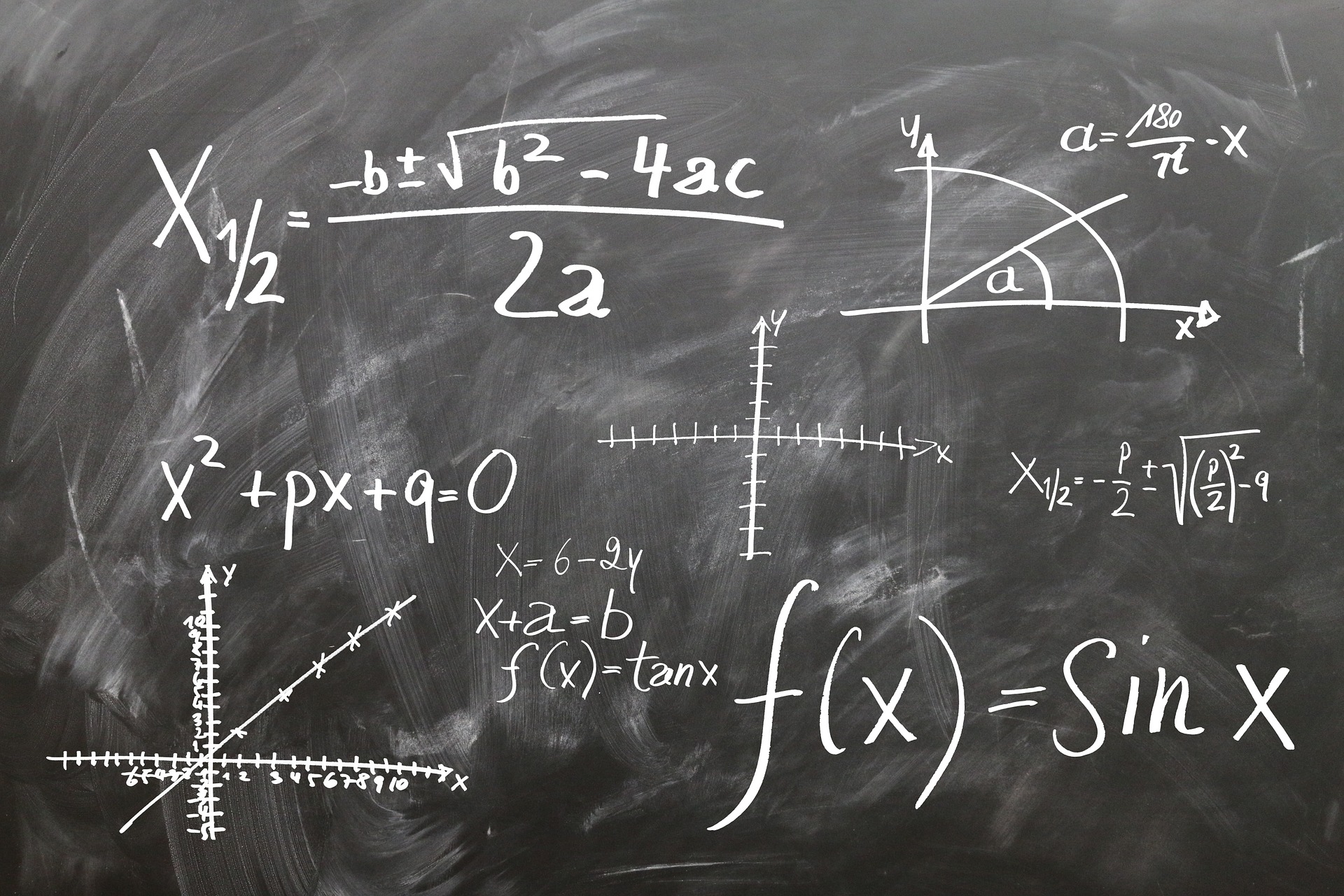1786 was in many ways a significant year (as almost every year since the invention of the first calendar, if you just search long enough): the first showing of The Marriage of Figaro in the Vienna Burgtheater in May, was followed by the first ascent of the Mont Blanc in August, but as well by the death of the Prussian king Frederick II, nicknamed “The Old Fritz”. While the star of the old Fritz was slowly fading, at the same time a new star was born: the one of the “little Gauss”.
There are always three kinds of relationships between maths teachers and pupils:
- – Positive (a feature of this relationship is the often vertically stretched out hand of the pupil in combination with the benevolence of the teacher),
- – Neutral (the pupil is mostly hiding behind the books, eager not to attract attention and to be called to the board for example calculations at all cost), and
- – Negative (this type of relationship is characterised by an ongoing fight between both parties all the way to the A-levels, frequent absence from the lessons by the pupil – also known as “truancy” in vernacular – red ink and many entries into the register).
In seconds to hundred
The relationship between Carl Friedrich Gauss and his maths teacher was ambivalent at the most. In the very year of 1786, the maths teacher Mr. Büttner gave his class a special task for longer occupation. He asked them to calculate the sum of all numbers from 1 to 100. But instead of sitting bend over his slate, Gauss – nine years old at that time – stood up and walked up to his teacher after a few minutes and presented his slate with the words “Ligget se” (“there it is”) to the teacher (Here should be noted that Gauss was not as naughty as it might sound, “Ligget se” was at that time the usual form to respond.).
Behold, the result was correct. Gauss, who already corrected his father’s pay check at the age of three, had –instead of calculating 1+2+3 and so on- taken a shortcut by forming 50 pairs with the sum of 101 (1+100, 2+99, … 50+51) with the result of 5050. The formula (n+1)*n/2 was later known as the Gaussian empirical formula – or simply as the “little Gauss”.
It is safe to assume, that Mr. Büttner was not too aroused that instead of having a free period, he only got three free minutes. Nonetheless, he saw the potential of his pupil and started to promote and encourage his mathematical career.
And why are we telling this story?
For those applying at eguana, there is a great chance that you get the tricky task to add up all numbers from 1 to 100 (of course not anymore now that we have told you, but we already have new riddles ready).
Why do we ask this very question?
Just so – because we can. But to be serious: if you would like to work at eguana it is and advantage to think outside the box. If you can develop creative solutions and also think out-of-the-box, then this is the right place for you.
Gauss, who would celebrate his 271st birthday this 30th April, is in some ways a symbol for eguana: he was innovative, creative and a cross thinker – as we are. And just as eguana SCALES does, he took a tedious process and simplified it in no time. Instead of having to manually run lists and evaluate complicated excel sheets, a look in SCALES is enough for our engineers to have a solution for their problems at hand. It can be so simple.
“I already have the result, now I only need the way which leads to it” (Gauss)
